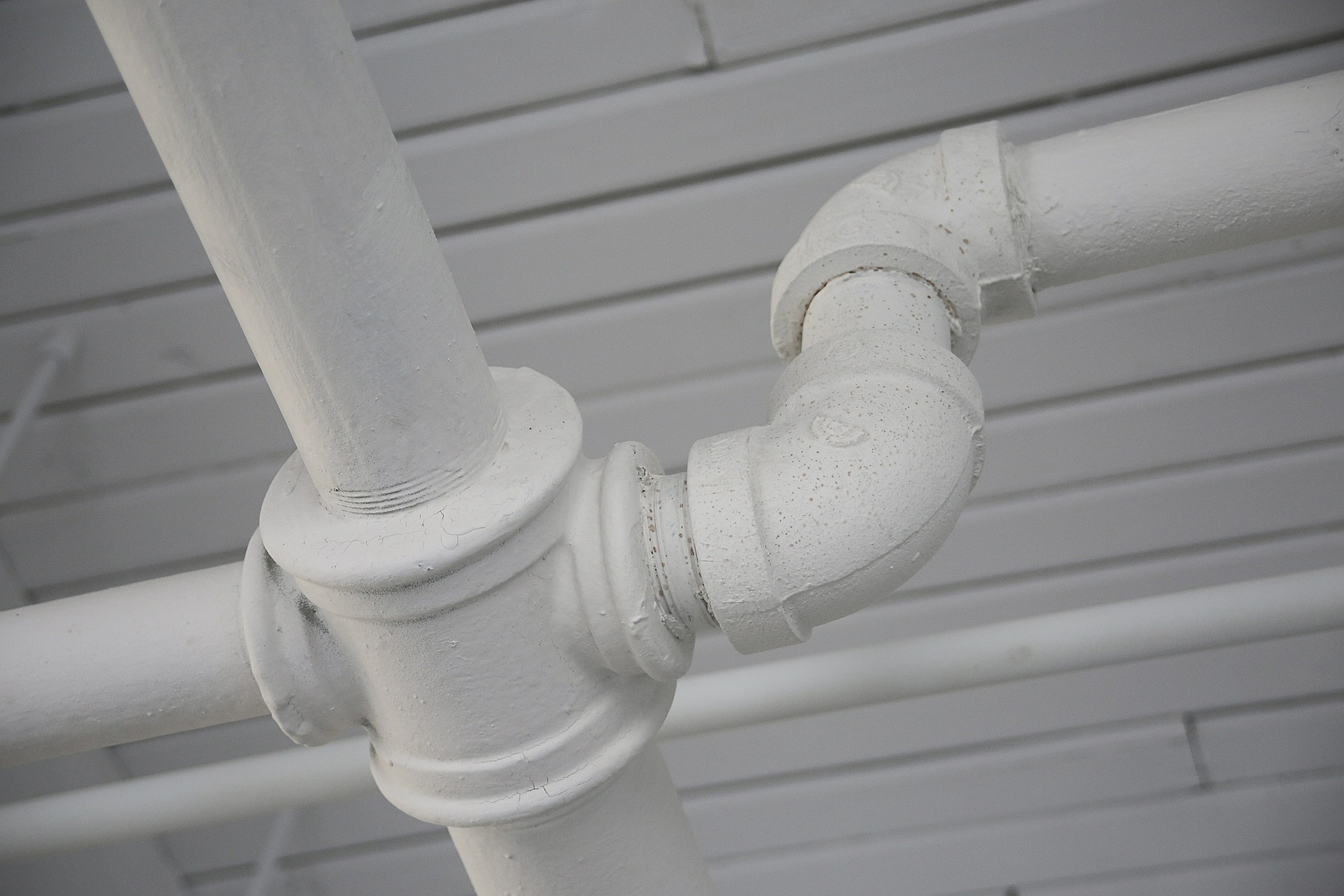A home inventory is simply a list of your personal possessions along with their estimated financial value. You can create a home inventory in a simple, low-tech manner by writing down everything in a notebook and keeping receipts in a folder. Or you can take advantage of technology and use a digital camera or smart phone or app to make your record.

According to a 2012 survey from the National Association of Insurance Commissioners (NAIC), more than half of Americans don’t have a home inventory of their possessions, putting them at risk for inadequate home insurance coverage, should severe weather strike.
Why Do You Need a Home Inventory?
A home inventory will:
- Help you purchase the right amount and type of insurance. Having an accurate list of all your possessions helps you to have a more productive conversation with your insurance professional when making decisions about homeowners or renters insurance coverage. After all, if you don’t know what you have, how can you insure it adequately?
- Make filing a claim as simple as possible. Most people cannot remember what they had for breakfast much less recall the contents of their attic, kitchen cabinets or downstairs closet after a fire, storm or other catastrophe. Disasters are scary and stressful, which can make trying to list damaged property for a claims form even more challenging. Having your belongings already documented in your home inventory can be a huge relief at times like these.
- Substantiate financial losses for tax purposes or when applying for financial assistance. Following a catastrophe, the only way to determine whether you qualify for a tax break or disaster assistance is to substantiate your financial losses. A well-organized home inventory can be an extremely useful tool in this process.
How to Create a Home Inventory
Start by making a list of your possessions, describing each item and noting where you bought it and its make and model. Clip to your list any sales receipts, purchase contracts, and appraisals.

For clothing, count the items you own by category pants, coats, shoes, for example – making notes about those that are especially valuable.
For major appliances and electronic equipment, record their serial numbers usually found on the back or bottom.
Don’t be overwhelmed! If you are just setting up a household, starting an inventory list can be relatively simple. If you’ve been living in the same house for many years, however, the task of creating a list can be daunting. Still, it’s better to have an incomplete inventory than nothing at all. Start with recent purchases and then try to remember what you can about older possessions.
Big ticket items: Valuable items like jewelry, art work and collectibles may have increased in value since you received them. Check with your agent to make sure that you have adequate insurance for these items. They may need to be insured separately.
Take a picture: Besides the list, you can take pictures of rooms and important individual items. On the back of the photos note what is shown, where you bought each item, and the make. Don’t forget things that are in closets or drawers.
Videotape it: Walk through your house or apartment videotaping and describing the contents. Or, do the same thing using a tape recorder.
Use a personal computer: Use your PC to make your inventory list. Personal finance software packages often include a homeowners room-by-room inventory program.
Storing the list, photos and tapes: Regardless of how you do it (written list, floppy disk, photos, videotape or audio tape), keep your inventory along with receipts in your safe deposit box or at a friend’s or relative’s home. That way you’ll be sure to have something to give your insurance representative if your home is damaged.
When you make a significant purchase, add the information to your inventory while the details are fresh in your mind.
Get Started
As we discussed, you can create a home inventory using apps, a sheet of paper and a camera, or your PC. To help, we’ve created this easy to use Home Inventory Template that you can download and print, here.






